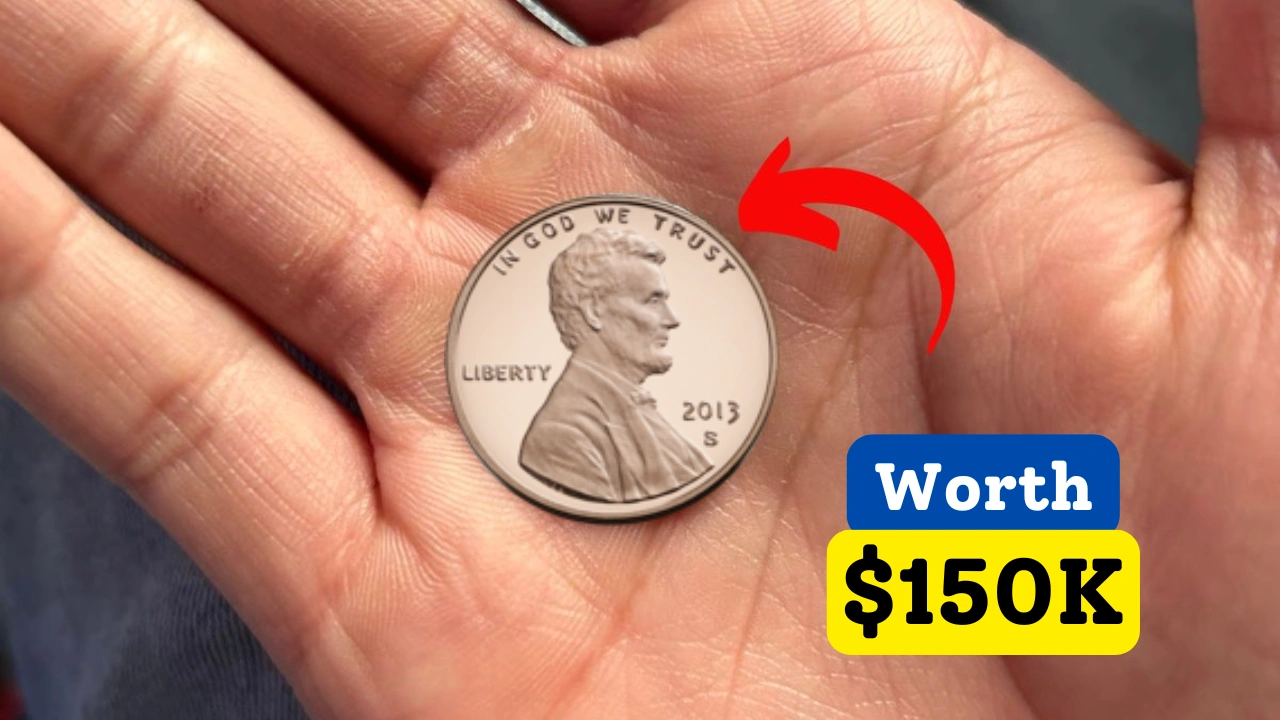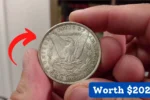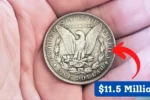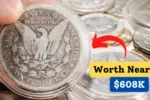The Lincoln Wheat Penny Worth $150K: The Lincoln Wheat Penny isn’t just a piece of American currency it’s a symbol of history, craftsmanship, and a little bit of numismatic magic While most of these familiar pennies are worth only their 1-cent face value, some rare varieties have skyrocketed in worth, with certain specimens now valued at an astonishing $150,000.
What makes this even more fascinating is that some of these valuable coins could still be circulating in our pocket change.
A Glimpse Into the Past
The Lincoln Wheat Penny first hit the U.S. Mint in 1909 as part of a tribute to President Abraham Lincoln’s 100th birthday. Designed by Victor David Brenner, it was the first U.S. coin to feature a president’s likeness on the front. The reverse side displayed two stalks of wheat, representing America’s agricultural heritage. This distinctive design became a staple in American coinage, lasting until 1958.
What Makes Some Pennies So Valuable?
Certain Lincoln Wheat Pennies stand out as true treasures due to a few key factors. During World War II, the Mint produced steel pennies to conserve copper, but a rare mistake occurred when some leftover copper planchets (the blank discs used to make coins) were accidentally used to mint 1943 pennies. These rare 1943 copper pennies, alongside a few other limited-edition varieties like the 1909-S VDB, are highly sought after by collectors, fetching thousands, even hundreds of thousands of dollars.
Key Coins and Their Worth
Among the most prized of these pennies is the 1909-S VDB. Only 484,000 of these were made, and because of their rarity, they can be worth anywhere from $700 to $100,000, depending on their condition. Another standout is the 1914-D penny, which can sell for up to $20,000 when in pristine shape. These pennies aren’t just old coins they’re rare pieces of American history, each one offering a glimpse into the evolution of our currency.
The Hunt Is On
Here’s the exciting part: valuable Lincoln Wheat Pennies might still be hiding in your pocket change or buried in a dusty old coin collection. Over the years, coins can slip back into circulation through estate sales, inherited collections, or simple forgetfulness. This means that you could still find one of these valuable gems if you’re diligent enough to look.
How to Spot a Rare Penny?
If you’re hoping to discover a hidden treasure, there are a few things to keep an eye out for. Start by checking the year and mint mark. Some years, like 1909, 1914, and 1943, are especially important. For 1943 pennies, a simple magnet test can help separate the rare copper pennies from the more common steel versions. Steel pennies are magnetic, while the copper ones are not.
Getting It Certified
If you think you’ve found a valuable Lincoln Wheat Penny, getting it authenticated is essential. Professional services like the Numismatic Guaranty Corporation (NGC) and the Professional Coin Grading Service (PCGS) can determine if your coin is real and assess its condition two major factors in determining its value.
A Piece of History
These pennies are more than just collectibles they’re tangible reminders of a time when every resource mattered. During World War II, the U.S. Mint shifted to steel pennies to save copper for the war effort. The switch was a clear demonstration of the country’s commitment to the cause and its careful management of resources.
Final Thoughts: The Lincoln Wheat Penny Worth $150K
While it’s unlikely you’ll find a $150,000 penny in your spare change, the possibility is enough to keep collectors and casual coin enthusiasts on the lookout. The idea that these rare coins could still be circulating keeps the thrill of discovery alive, encouraging people to dive deeper into the world of numismatics. Whether it’s through finding a valuable coin or simply learning about the stories behind them, the legacy of the Lincoln Wheat Penny will continue to inspire for generations to come.
Disclaimer: The valuations provided are based on historical data and market trends, but individual coin values can vary significantly depending on factors like condition and authenticity. Always seek professional authentication before making any decisions to buy, sell, or trade rare coins.





